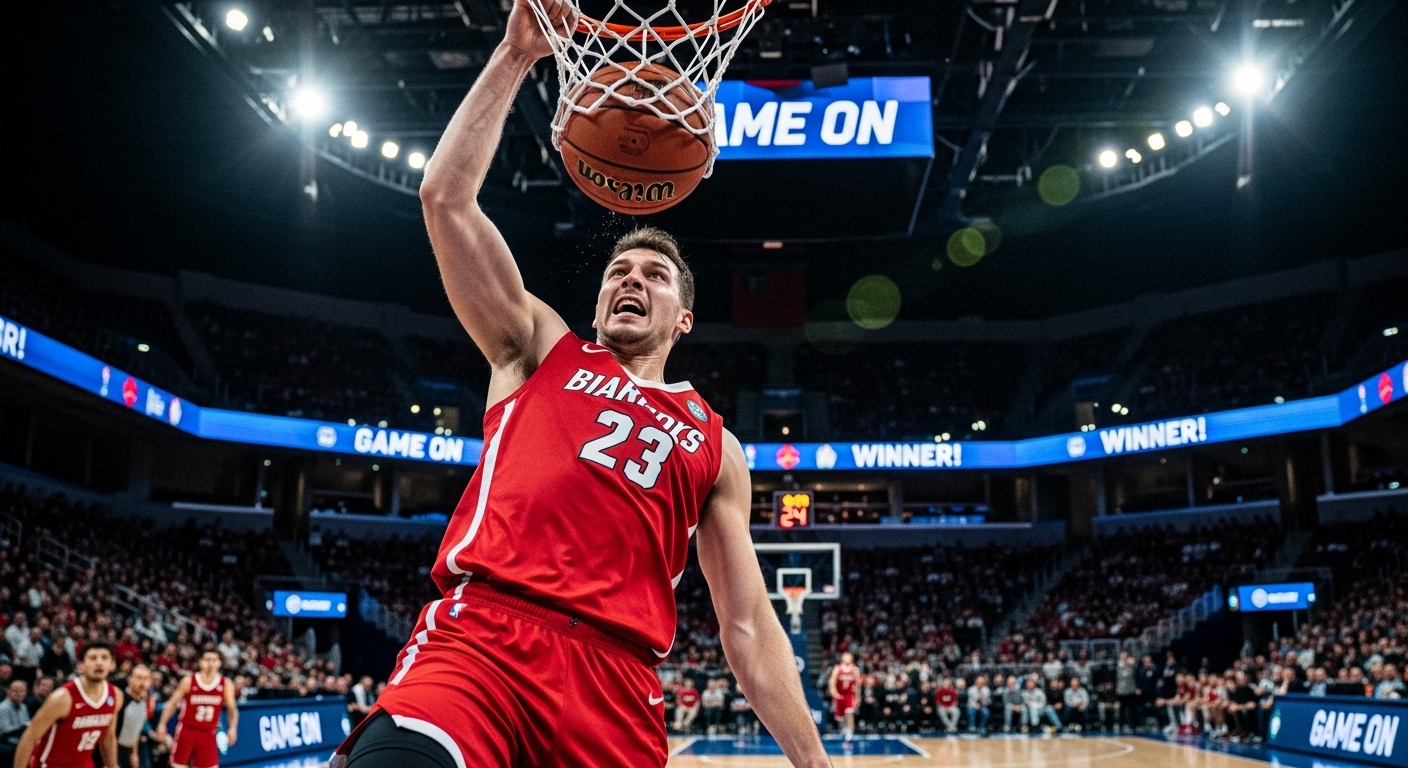In the modern era of sports, raw talent and gut instinct are no longer enough to stay ahead. From football to basketball, cricket to baseball, teams are increasingly turning to data analytics to gain a competitive edge. This shift has redefined how games are played, how players are trained, and how victories are achieved.
The Rise of Sports Analytics
What was once a niche concept—mainly used in baseball with the advent of sabermetrics—has now become a global phenomenon across all major sports. Teams have realized that data doesn’t just complement coaching decisions—it can lead them. Today’s coaches, analysts, and even players rely heavily on advanced metrics, performance tracking, and predictive modeling.
Wearable tech, GPS trackers, and video analysis tools generate millions of data points per game or practice session. Everything from an athlete’s sprint speed to their heart rate variability is recorded and analyzed. This granular level of insight is invaluable in tailoring training regimens, preventing injuries, and optimizing performance.
Tactical Transformation on the Field
Analytics are now deeply embedded in strategy formation. In football (soccer), for instance, heat maps, pass completion zones, and expected goals (xG) statistics help managers make decisions on formations, player positioning, and substitutions. In basketball, coaches use shot charts and player efficiency ratings to develop defensive strategies and optimize offensive plays.
The result? A more calculated and efficient style of play. Teams can expose an opponent’s weakness by analyzing past performances, predict outcomes under different game conditions, and make real-time tactical adjustments backed by data.
Recruitment and Scouting Reinvented
Scouting, once a largely subjective process, has become far more objective with the help of analytics. Instead of relying solely on a scout’s eye, teams use algorithms and performance metrics to evaluate talent. Factors like player movement efficiency, stamina over time, and impact in clutch moments are now quantifiable and comparable.
This has led to smarter investments, with clubs acquiring undervalued players who statistically outperform their market value—a trend made famous by the “Moneyball” approach in baseball, now adapted across sports.
Fan Engagement Through Data
It’s not just coaches and players benefiting from analytics—fans are, too. Sports broadcasters now integrate live stats into their coverage, while fantasy leagues and sports betting platforms rely heavily on real-time analytics. Fans today are more informed and engaged, dissecting player performance and game dynamics in ways only analysts once did.
The Future Is Data-Driven
As artificial intelligence and machine learning evolve, the potential of sports analytics is only expanding. Predictive models may soon anticipate injury risks with alarming accuracy, while real-time data streams could offer coaches split-second recommendations during live games.
However, as with all technology, balance is key. Numbers tell a story, but they don’t always capture the full picture. Chemistry, morale, and human intuition still play vital roles in sports. The challenge for modern teams is blending the art of the game with the science of data.
In this new era, the teams that succeed won’t just be those with the best players—but those that best understand how to turn information into action. Welcome to the age of data-driven dominance.




